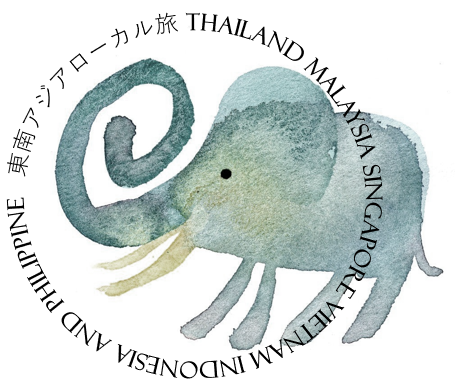
In this second part of the series, we’ll look at some other useful information to know when visiting Malaysia. You can read the first part here.
Index
Besides the travel necessities, what else should I pack?
1.Small portable umbrella
This tropical country is blessed with a large amount of rainfall each year, so it is prudent to carry an umbrella with you, especially if you are planning to spend your day outdoors. Rain in Malaysia can be sudden and violent with thunderstorms. While an umbrella may not be able to protect you from a raging downpour, it can buy you some time to search for the nearest shelter.

Rains in Malaysia may come in short, strong bursts | Photo from The Coverage
2.Mosquito repellent
You will find that mosquitoes are no strangers in Malaysia, so a mosquito repellent is definitely a must-have. Having one with you when you are out and about on your adventure will help prevent you from becoming a human buffet for these bloodsuckers! Another way to protect yourself is to minimize the exposure of your skin by wearing long-sleeved shirts and long pants.
How much cash should I bring with me?
You can pay for most things with your credit card as it is widely accepted in Malaysia. However, certain places like night markets or hawker centers and services like taxi in the city accept only cash.
If you are looking to enjoy your trip on a minimal budget, RM50 (about USD 12) per day for one person for daily food and transportation costs is not undoable. Prepare a little more should you decide to satisfy your shopping craze at Petaling Street!
If you run out of cash, there are many money changers in the city where you can exchange your home currency for Malaysian Ringgit. You could usually find one easily in a shopping mall. Exchanging money at these money changers is a plus because the currency exchange rate is usually much better than what you would get at the airports.

Locals queuing at a money changer at Pavilion Shopping Mall | Photo from cilisos.my
Can I (and how to) bargain?
The art of negotiating with the street vendors at Chinatown or the stall owners at a night market is intricate. While it can be intimidating to some, it can also be a fun experience (and sometimes necessary in order not to get ripped-off).
After browsing a few stalls for comparison, choose one and start bargaining for just slightly below of what you are hoping to pay. From there begins a few rounds of “courtship” where the seller offers you a slight discount and you slowly raise your intended price until both of you agree on a final immovable price point.
A bargaining session should be lighthearted and friendly. Do it with a smile. Haggling over a few Malaysian Ringgit with your guns blazing will not only be off-putting, you will most likely fail in getting a deal as well. Likewise, if you find the seller’s behavior aggressive or upsetting, thank him or her politely and walk away. You are not obliged to purchase anything.

Chinatown in Kuala Lumpur | Photo from an article by Hotels.com
I hope that you enjoyed the second part of this series of what-to-expects when visiting Malaysia. Stay tuned for more!




















